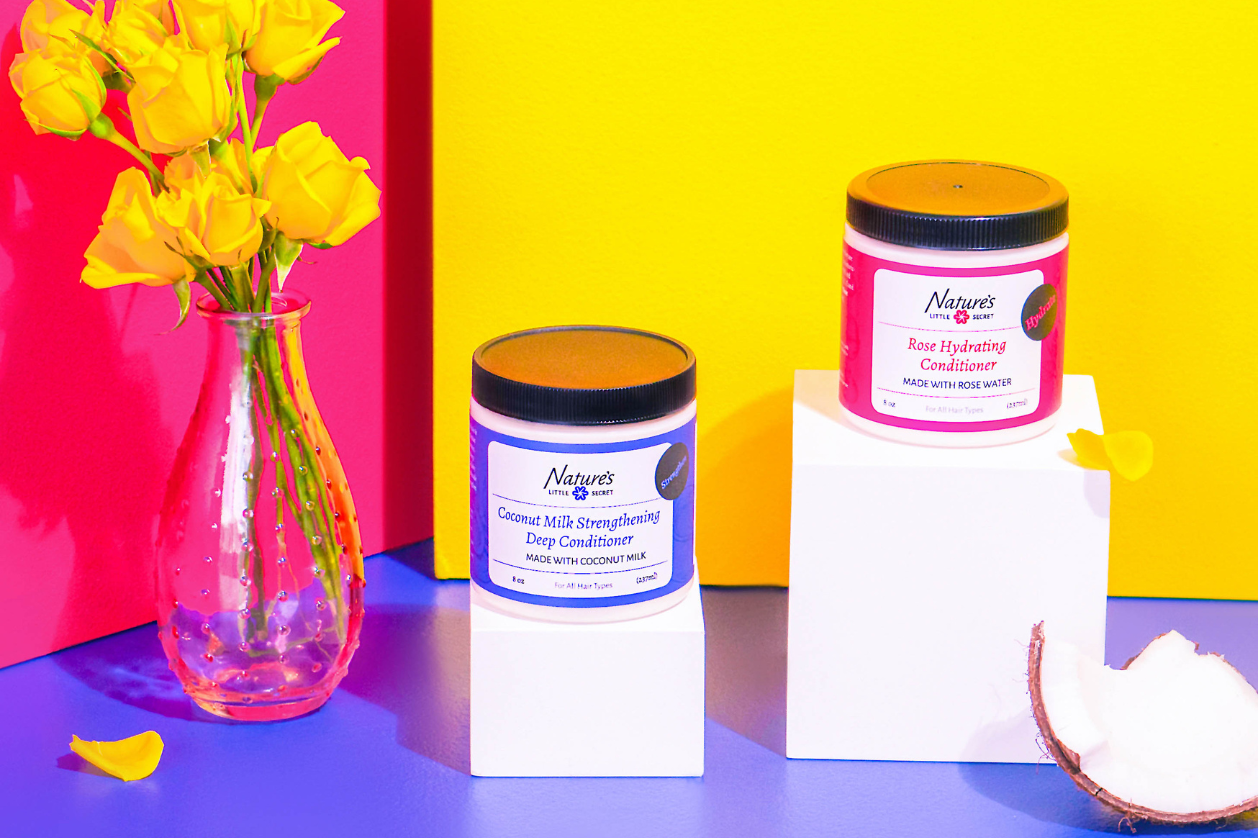Why Isn’t My Natural Hair Growing? (Real Reasons & Fixes)

If you’ve been wondering, “Why isn’t my natural hair growing?” — you’re not alone. Many naturals feel stuck at a certain length and start to think their hair just doesn’t grow. But the truth is: your hair is always growing. The real issue? It’s likely breaking off just as fast. Let’s break down the real reasons and how to finally fix them.
1. You’re Not Retaining Length
Your hair grows about half an inch per month, but if you're not seeing that growth, breakage is likely the reason. And often, you don’t even notice it until your hair feels thinner, shorter, or uneven.
🔍 Signs of Breakage:
-
Short pieces of hair on your shoulders, sink, or floor
-
Thinning, see-through, or rough ends
-
Snapping during detangling or styling
-
Extra frizz or uneven lengths
-
Tangling that feels worse than usual
✅ Fix:
-
Moisturize when needed and seal in that moisture with a nourishing oil or butter
-
Detangle gently while your hair is damp
-
Avoid over manipulation
-
Sleep with a satin or silk scarf, bonnet, or pillowcase
-
Give your hair a break from tight styles and heat tools
📌 Try This: Papaya Pure Moisture Leave-In Conditioner – a lightweight blend with papaya, chamomile, and grapeseed oil to hydrate and soften your hair from root to tip.
2. You're Skipping Trims
Split ends can climb up the hair shaft, causing more damage. Even if you’re scared to lose length, skipping trims can stall your journey.
How Do You Know If You Need a Trim?
-
You're shedding more during detangling
-
Your curls or coils look lifeless and undefined
-
Your ends feel rough, dry, or tangled easily
-
You haven’t had a trim in over 3 months
✅ Fix:
Get a professional trimat least every 3 months. For accuracy, stretch or blow-dry your hair before trimming to better identify split or thin areas.
3. Your Hair is Lacking Protein
Let’s clear this up: All hair needs protein—no matter the texture. Whether your hair is straight, wavy, coily, or somewhere in between, protein helps maintain strength, structure, and elasticity.
Hair is made up of a protein called keratin, and over time, things like heat, chemical treatments, color, and even regular styling can wear that protein down. When that happens, your hair becomes weak, limp, and prone to breakage—even if it’s moisturized.
Some naturals avoid protein because they’re afraid it will make their hair “hard,” but it’s not about using a heavy treatment every week. It’s about finding the right balance between moisture and strength.
🔍 Signs Your Hair Needs Protein:
-
Hair feels overly soft, limp, or mushy
-
Increased breakage or shedding
-
Hair stretches too much and doesn’t bounce back
-
Color-treated or heat-styled hair that feels weak or damaged
✅ Fix:
-
Use a protein treatment based on your hair’s needs. Color-treated, relaxed, or frequently heat-styled hair will need more protein care.
-
Choose gentle protein treatments that restore strength without making hair stiff or dry.
📌 Try This: Coconut Milk Strengthening Deep Conditioner – a light protein conditioner that strengthens and softens hair in one step. No need to follow up with a moisturizing conditioner—this one does both.
4. You Have Scalp Issues
A healthy scalp = a healthy foundation for growth. Buildup, inflammation, or dryness can block follicles and interrupt growth cycles.
✅ Fix:
-
Cleanse regularly with a gentle clarifying shampoo
-
Use natural oils like rosemary and peppermint to stimulate circulation and soothe irritation
5. You’re Not Moisturizing Properly
Dry hair breaks. If you moisturize once and expect it to last all week—think again. Natural hair needs consistent hydration, especially at the ends.
✅ Fix:
-
Try the LOC method (Liquid, Oil, Cream) or LCO—test which one your hair responds to best
-
Deep condition when needed
-
Focus on your ends—they’re the oldest and most fragile
6. You’re Using the Wrong Products
Products that contain heavy silicones, drying alcohols, or synthetic waxes can block moisture and cause long-term buildup.
✅ Fix:
Stick to clean, plant-based products with water as the first ingredient and no harsh additives.
7. Hormones, Stress, or Health Issues
Hair loss and slow growth can be signs of something deeper—like:
-
Hormonal changes (PCOS, postpartum, thyroid issues)
-
Chronic stress
-
Nutrient deficiencies (vitamin D, iron, B12, biotin)
✅ Fix:
-
Talk to your healthcare provider to rule out underlying issues
-
Reduce stress, get quality sleep, and eat a balanced diet
Bonus Tip: Protective Styles Can Help—But Only If Done Right
Protective styles are amazing for length retention—but when done incorrectly, they can cause more harm than good.
📌 Read This: How to Protect Your Hair While Protective Styling – learn how to prep, maintain, and take down your styles the healthy way.
Final Thoughts: Your Hair Can Grow
The key isn’t forcing your hair to grow—because it already is. The goal is to retain what’s growing by eliminating breakage, trimming regularly, feeding your strands, and caring for your scalp.
📢 Want to start fresh with the right products?
Explore our hair care goodies made to hydrate, protect, and help you retain your length—naturally.



